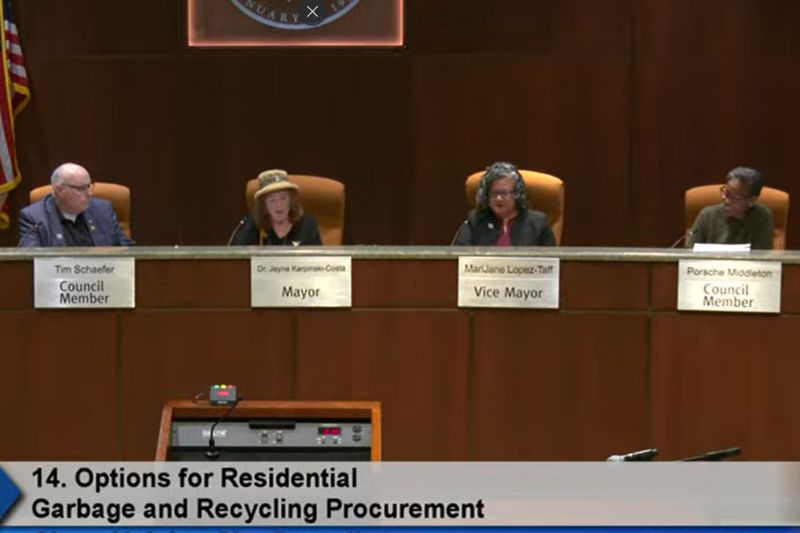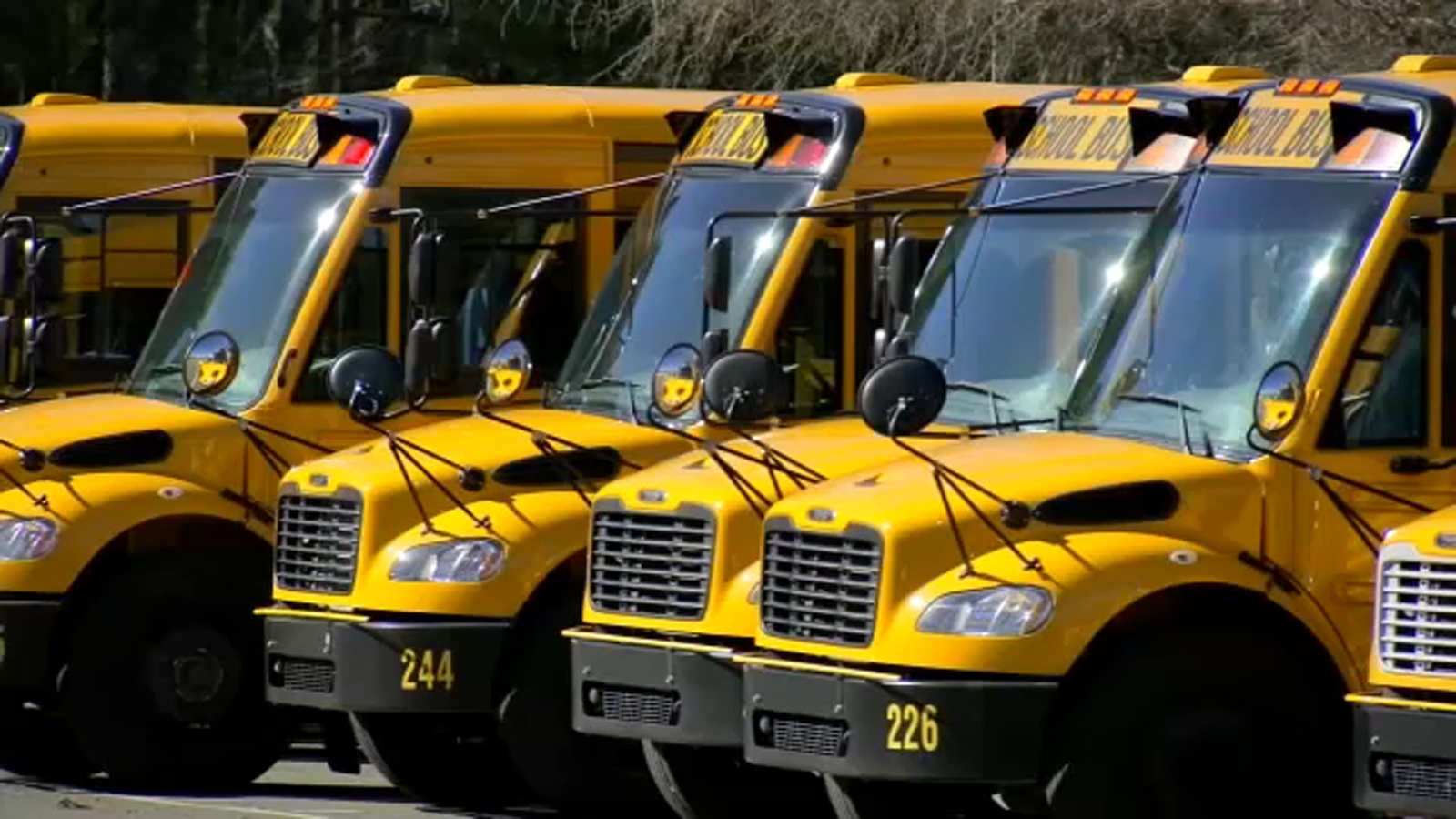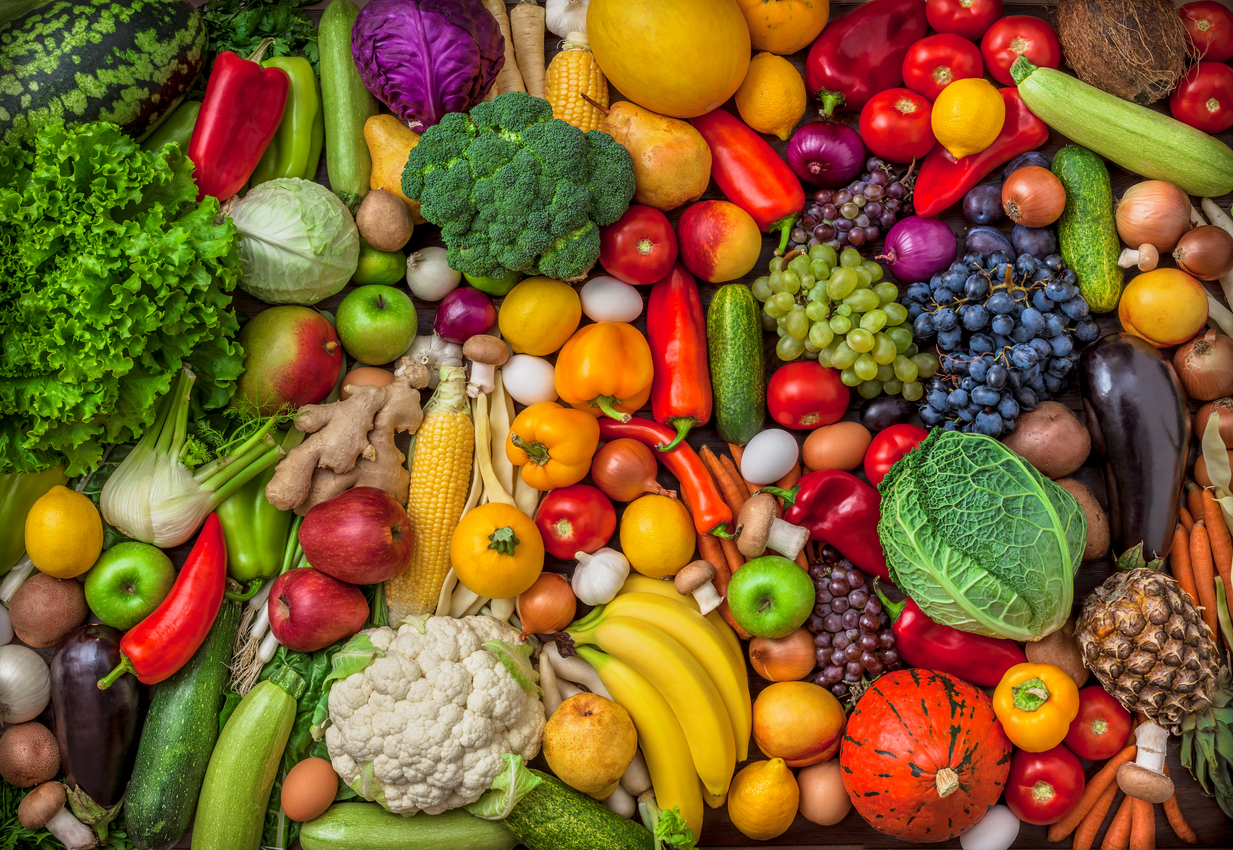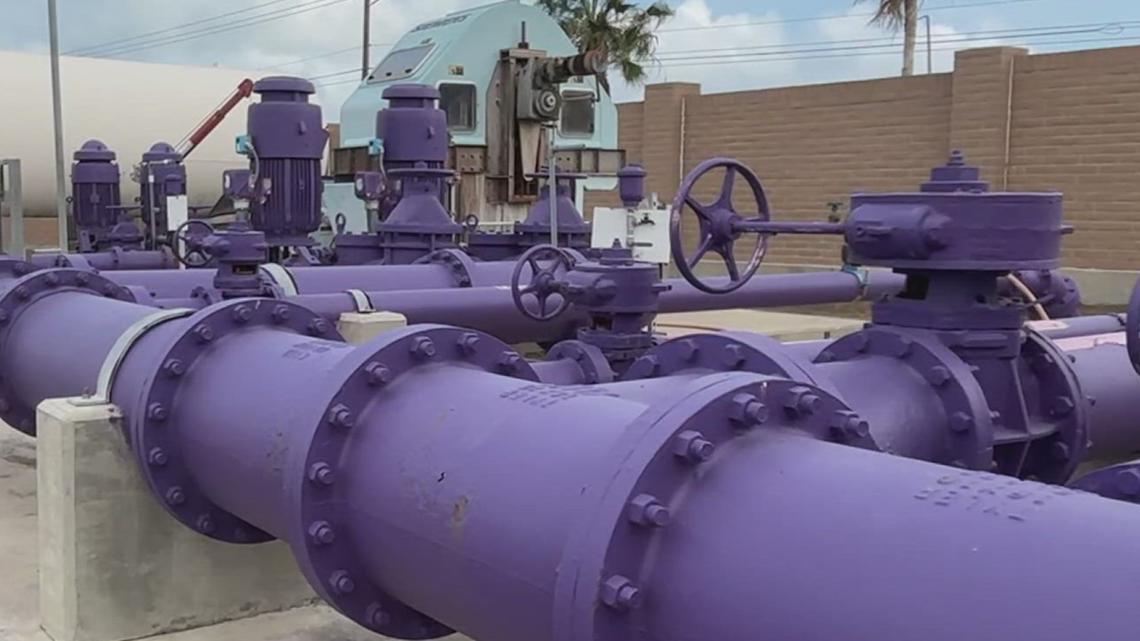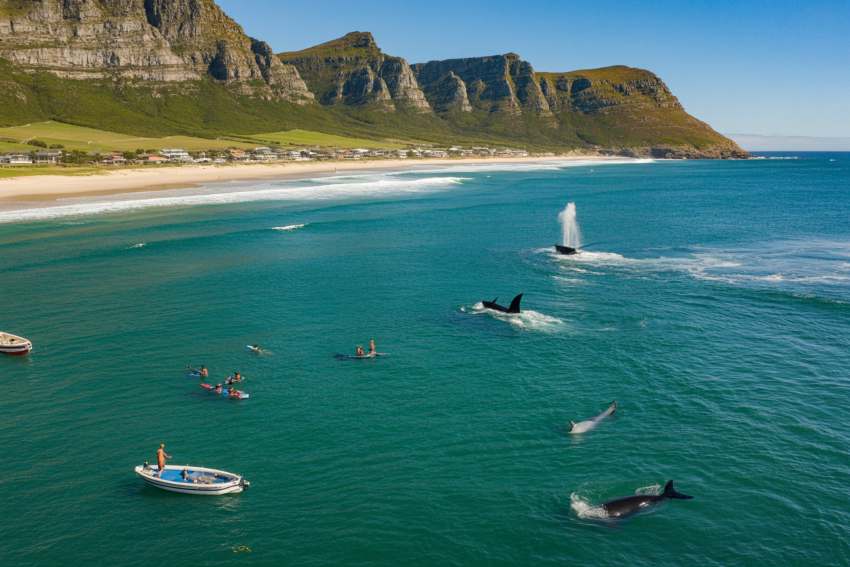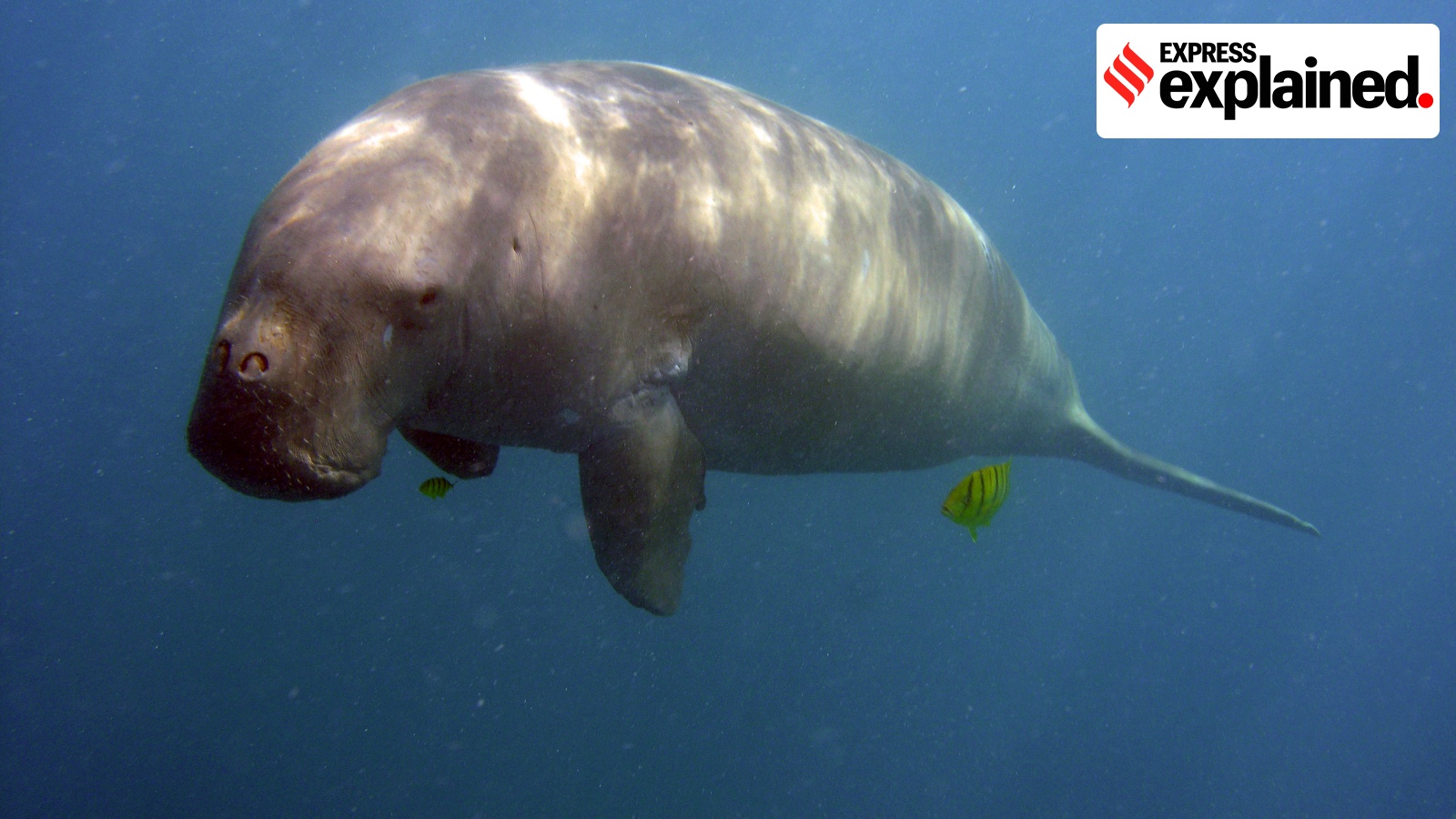Illegal fishing: NGOs highlight gaps in import controls in the EU – European Newsroom
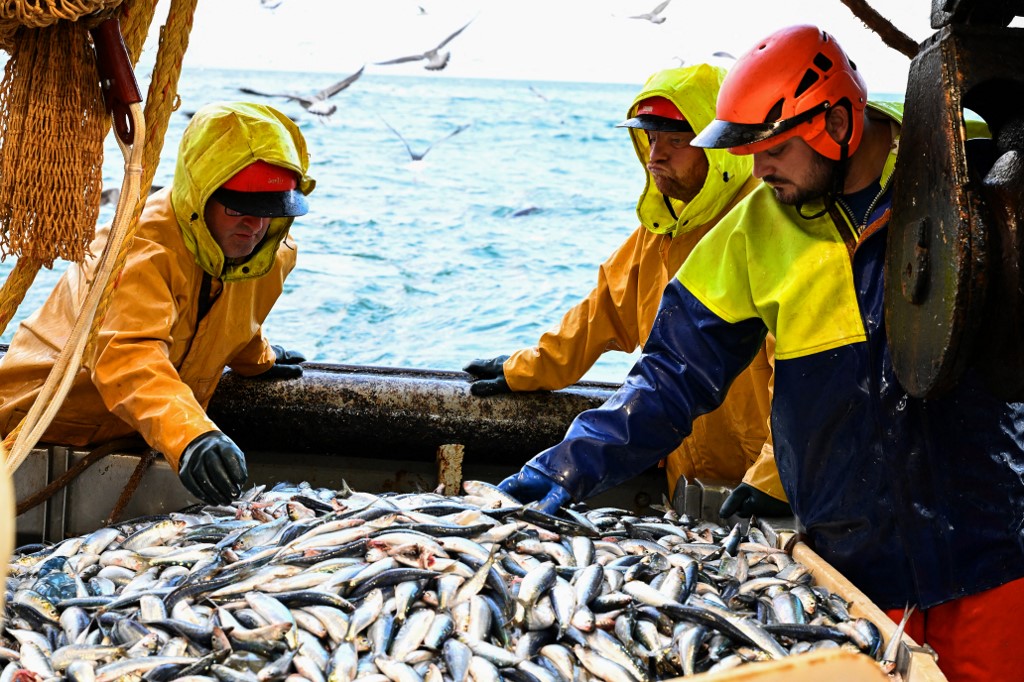
Report on European Union’s IUU Fishing Controls and Alignment with Sustainable Development Goals
Introduction
As a major global importer of fish and seafood, the European Union has established a regulatory framework to combat Illegal, Unreported, and Unregulated (IUU) fishing. This initiative is critical for achieving Sustainable Development Goal 14 (Life Below Water), which calls for the conservation and sustainable use of oceans, seas, and marine resources. However, a recent analysis indicates significant shortfalls in the implementation of these controls by member states, undermining the EU’s commitment to sustainable marine ecosystems and responsible global trade.
Analysis of Member State Compliance (2020-2023)
A report published by the EU IUU Fishing Coalition on October 29, 2025, based on data submitted to the European Commission, reveals that the effectiveness of the EU’s anti-IUU fishing regulations is compromised by inconsistent enforcement. Key findings highlight a failure by member states to meet their commitments.
- Insufficient Port Inspections: The regulation mandates that at least 5% of landings by non-EU vessels must be inspected. The Netherlands consistently failed to meet this minimum threshold, while Poland only achieved it once in 2020.
- Inadequate Document Verification: There is insufficient verification of “catch certificates,” which are essential documents for ensuring the traceability and legality of seafood imports. This weakness compromises the integrity of the supply chain.
Implications for Sustainable Development Goals (SDGs)
The identified enforcement gaps have direct and significant consequences for the achievement of several Sustainable Development Goals.
- SDG 14: Life Below Water: The primary goal affected is SDG 14. Failure to prevent IUU products from entering the market directly contravenes Target 14.4, which aims to end IUU fishing and destructive fishing practices. Ineffective controls perpetuate the threat to marine biodiversity and the stability of global fish stocks.
- SDG 12: Responsible Consumption and Production: Weak verification of catch certificates undermines efforts to ensure sustainable consumption and production patterns (Target 12.2). It prevents the EU market from guaranteeing that seafood products are sourced legally and sustainably, thus failing to support a sustainable global food system.
- SDG 16: Peace, Justice and Strong Institutions: The report exposes a weakness in governance and institutional effectiveness. While the EU has established a strong legal framework, the failure of member states to implement it demonstrates a gap between policy and practice, hindering the development of effective, accountable, and transparent institutions at all levels (Target 16.6).
- SDG 8: Decent Work and Economic Growth: IUU fishing creates unfair competition for legitimate fishing operators who abide by regulations. This undermines sustainable economic growth and threatens the livelihoods of those in the legal fishing industry, contrary to the principles of fair and sustainable economic activity promoted by SDG 8.
1. Which SDGs are addressed or connected to the issues highlighted in the article?
-
SDG 14: Life Below Water
This goal is directly addressed as the article’s central theme is the management of marine resources. The text focuses on illegal, unreported, and unregulated (IUU) fishing, which it describes as a “threat to ecosystems.” This aligns with SDG 14’s aim to conserve and sustainably use the oceans, seas, and marine resources for sustainable development.
2. What specific targets under those SDGs can be identified based on the article’s content?
-
Target 14.4: End overfishing, illegal, unreported and unregulated fishing
The article is entirely focused on the European Union’s framework to combat “illegal, unreported, and unregulated (IUU) fishing.” It discusses the insufficient controls and lack of implementation by member states, which directly relates to the effort to end IUU fishing as mandated by this target.
-
Target 14.6: End subsidies contributing to illegal, unreported and unregulated fishing
While the article does not mention subsidies, this target also calls for the implementation of instruments to combat IUU fishing. The EU’s “strict framework” and its associated “catch certificates” are such instruments. The article’s analysis of the framework’s ineffective implementation is a direct assessment of progress toward this part of the target.
-
Target 14.c: Enhance the conservation and sustainable use of oceans and their resources by implementing international law
The EU’s legal framework against IUU fishing is an instrument designed to implement international and regional law regarding ocean conservation. The article’s finding that “member states are not meeting their commitments” points to a failure in the effective implementation of the legal frameworks called for by this target.
3. Are there any indicators mentioned or implied in the article that can be used to measure progress towards the identified targets?
-
Percentage of landings inspected
The article explicitly mentions a quantitative indicator used to measure the enforcement of the EU’s anti-IUU fishing framework. It states that “at least 5% of landings made by non-European vessels must be inspected.” It then uses this indicator to show failure, noting that “the Netherlands has never reached this minimum and Poland only exceeded it in 2020.” This serves as a direct, measurable indicator of the implementation of controls against IUU fishing.
-
Verification of “catch certificates”
The article identifies the “insufficient verification of ‘catch certificates'” as a “black point.” These certificates are designed to guarantee traceability and legal origin. The level, frequency, and thoroughness of their verification is an implied indicator of the effectiveness of the system designed to prevent illegal fish products from entering the market.
4. Create a table with three columns titled ‘SDGs, Targets and Indicators’ to present the findings from analyzing the article.
| SDGs | Targets | Indicators |
|---|---|---|
| SDG 14: Life Below Water | Target 14.4: End overfishing, illegal, unreported and unregulated fishing |
|
| SDG 14: Life Below Water | Target 14.6: End subsidies contributing to illegal, unreported and unregulated fishing | Degree of implementation of instruments aiming to combat IUU fishing (as measured by inspection rates and certificate verification). |
| SDG 14: Life Below Water | Target 14.c: Enhance the conservation and sustainable use of oceans and their resources by implementing international law | Effectiveness of legal framework implementation (as evidenced by member state compliance with inspection and verification rules). |
Source: europeannewsroom.com
What is Your Reaction?
 Like
0
Like
0
 Dislike
0
Dislike
0
 Love
0
Love
0
 Funny
0
Funny
0
 Angry
0
Angry
0
 Sad
0
Sad
0
 Wow
0
Wow
0



